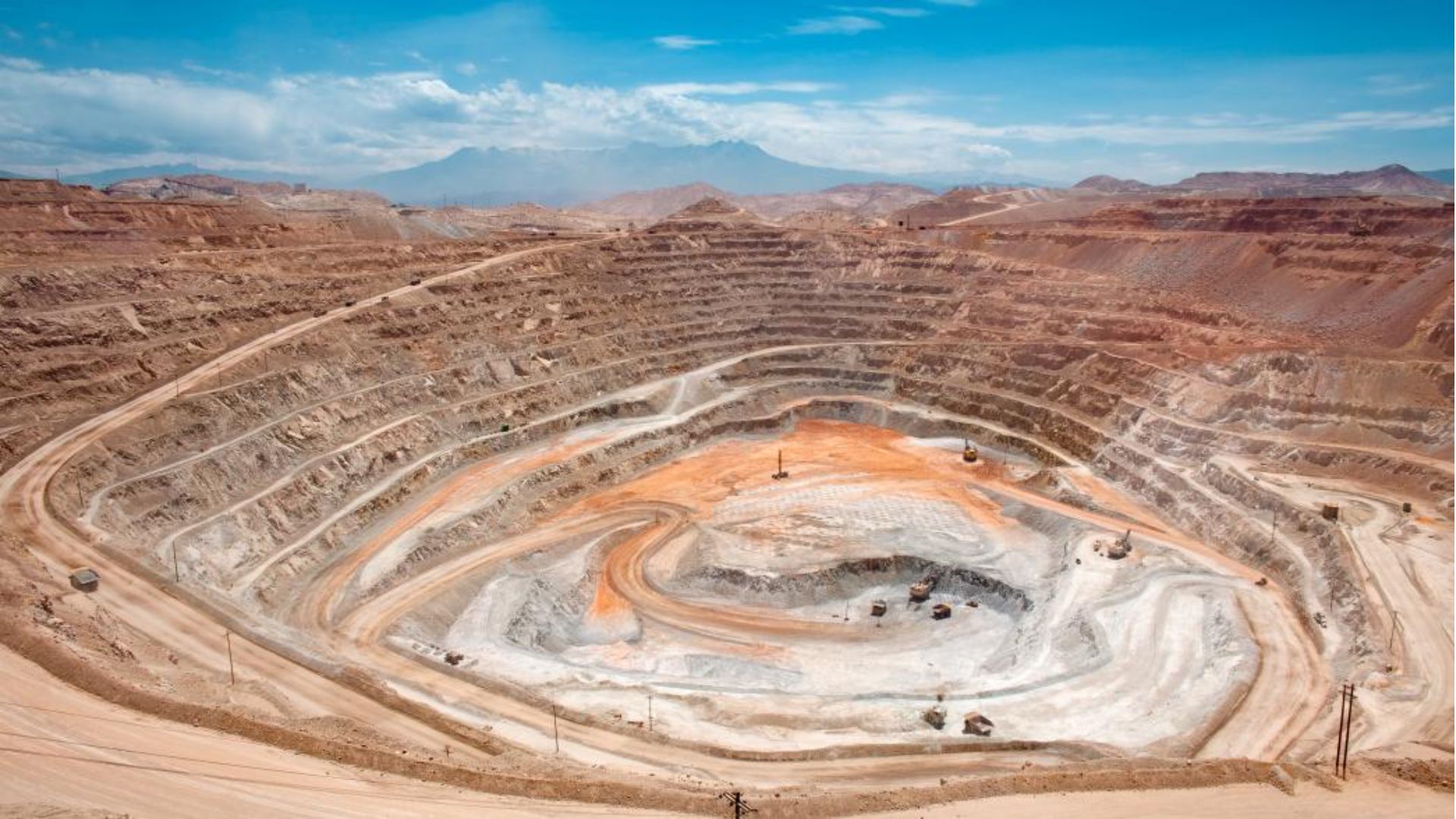Peruvian Mining: Navigating Challenges and Seizing Growth Opportunities in a Post-Pandemic Landscape
- Peru | 27 December 2020

Before the COVID-19 pandemic disrupted mining operations in Peru, the country had enjoyed three years of stable copper production. Despite the uncertainties brought by the pandemic, Peru’s mining industry has a promising outlook due to a strong pipeline of expansion projects and a market revival in the red metal. In addition to copper, Peru’s gold and silver sectors face challenges but are fueled by rising prices and strategic initiatives by key players. However, the mining industry must address social issues and build trust with local communities to ensure sustainable project development. This article explores the current state of Peru’s mining sector, growth prospects, and the importance of community engagement in maintaining a robust project pipeline.
Peru experienced a period of stable copper production, with the country’s output reaching 2.46 million tonnes (mt/y) in 2019, marking a 0.8% year-on-year increase. The stability followed a period of significant growth between 2014 and 2017. Despite the pandemic’s impact, Peru’s near-term growth potential remains strong, supported by expansion projects such as Mina Justa and Quellaveco. The recovery of copper prices in 2020, driven by high imports from China and global infrastructure projects, adds to the positive outlook for Peru’s copper sector.
Peru’s gold and silver production faced challenges in 2019, with declining output for several consecutive years. However, Peru still ranks as the sixth largest gold producer and the second largest silver producer globally. The decline in production has been offset by surging prices, particularly in the gold market, where prices reached their highest levels since 2011. Despite industrial challenges affecting silver, its price also showed promising signs. Major players in the precious metals sector, such as Buenaventura and Gold Fields, have recognized the need for diversification into base metals to ensure long-term growth and financial stability.
Peru’s project pipeline plays a crucial role in sustaining economic growth and reviving the post-pandemic economy. However, high-profile projects like Tía María face significant challenges due to social opposition and a lack of trust. Political shifts and anti-mining sentiment in regions with mining operations highlight the importance of proactive community engagement by mining companies. Engaging with communities, providing transparent information, and demonstrating tangible benefits are key strategies to build trust and ensure the successful development of mining projects. The Corani silver-lead-zinc deposit serves as an example of the transformational impact mining can have on impoverished regions when implemented with careful community involvement.
Peru’s mining sector faces both opportunities and challenges in the post-pandemic era. With a solid platform for copper growth and rising precious metal prices, the industry can contribute to economic recovery. However, the industry must navigate social issues and prioritize community engagement to maintain a strong project pipeline. By fostering trust, transparency, and tangible benefits for local communities, mining companies can secure social license and contribute to sustainable development in Peru.








